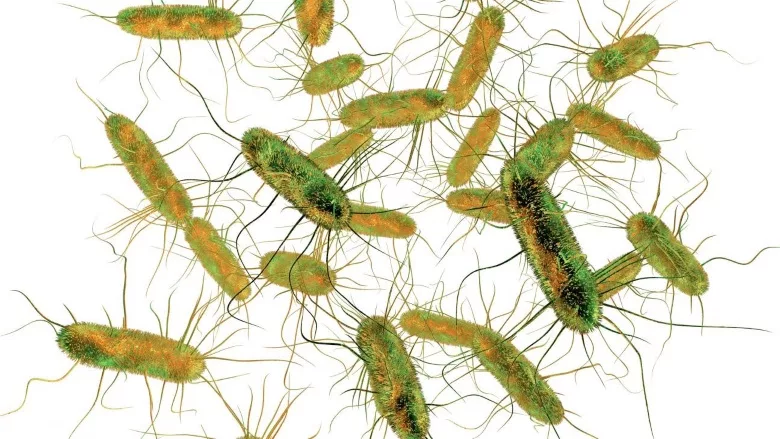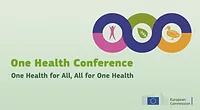EFSA Releases One Health Report, Says Zoonotic Disease Instances Have Dropped

Image courtesy of: EFSA
The annual EU One Health zoonosis report, released by the European Food Safety Authority (EFSA) and the European Centre for Disease Prevention and Control (ECDC), reported that campylobacteriosis was the most reported zoonosis in the EU in 2020, followed by salmonellosis. Campylobacteriosis had 120,946 cases in 2020, as compared to more than 220,000 in 2019. Salmonellosis affected 52,702 in 2020, compared to 88,000 in the previous year. In addition, the number of reported foodborne outbreaks also dropped by 47 percent.
Experts acknowledged the impact of the COVID-19 pandemic in Europe in the large drop in reported zoonotic diseases in humans—ranging from 7 percent to 53 percent depending on the disease in question—and foodborne outbreaks.
Possible factors behind the large decrease in cases include changes in health-seeking behavior; restrictions on travel and on events; the closing of restaurants; quarantines and lockdowns; and other mitigation measures such as the use of masks, physical distancing, and hand sanitization.
The next most commonly reported diseases were yersiniosis (5,668) and infections caused by Shiga toxin-producing E.coli (4,446). Listeriosis was the fifth most reported zoonosis (1,876 cases), mainly affecting people over the age of 64.
The report also monitors foodborne outbreaks in the EU, which are defined as events during which at least two people contract the same illness from the same contaminated food. A total of 3,086 foodborne outbreaks were reported in 2020. Salmonella remained the most frequently detected agent and caused about 23 percent of outbreaks. The most common sources of salmonellosis outbreaks were eggs, egg products, and pig meat.
The report also includes data on Mycobacterium bovis/caprae, Brucella, Trichinella, Echinococcus, Toxoplasma gondii, rabies, Q fever and tularaemia.
EFSA is also publishing two interactive communication tools on foodborne outbreaks: a story map and a dashboard. The story map provides general information on foodborne outbreaks, their causative agents, and implicated food vehicles. The dashboard allows people to search and query the large amount of data on foodborne outbreaks collected by EFSA from EU member states and other reporting countries since 2015.
Looking for quick answers on food safety topics?
Try Ask FSM, our new smart AI search tool.
Ask FSM →








